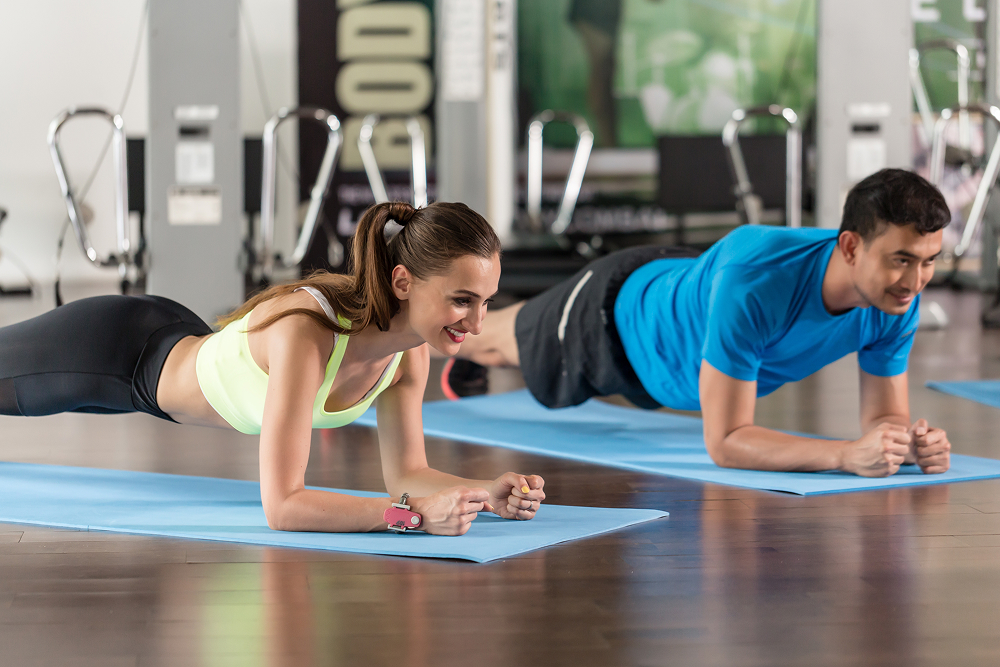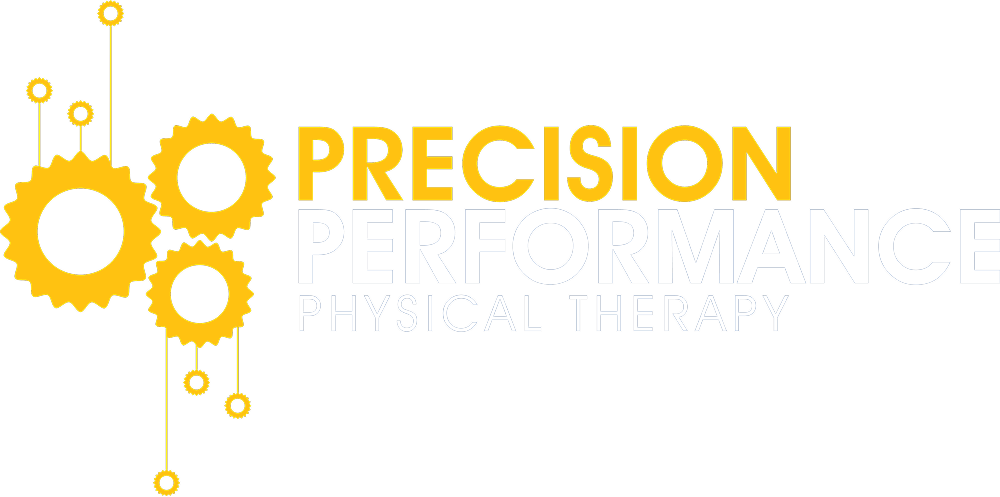The Role of Core Strength in Injury Prevention

When it comes to injury prevention, many people think about stretching, warm-ups, or proper technique. However, there is one aspect of physical fitness that plays a pivotal role in keeping your body injury-free: core strength. Whether you’re lifting weights, running, cycling, playing sports, or just going about your daily activities, your core muscles are central to your overall movement and stability.
In this article, we’ll explore the critical role of core strength in injury prevention, how a weak core can lead to injuries, and the best exercises to build a strong, stable core that supports your body and reduces the risk of injury.
What Is Core Strength?
Your core refers to the muscles in your abdomen, back, and pelvis that work together to provide stability and support for your spine and entire body. These muscles include:
- The Rectus Abdominis (your “six-pack” muscles)
- The Obliques (muscles on the sides of your abdomen)
- The Transverse Abdominis (the deep abdominal muscle that wraps around your spine)
- The Erector Spinae (muscles along your back)
- The Multifidus (small muscles along the spine)
- The Diaphragm and Pelvic Floor Muscles (critical for breathing and postural support)
Together, these muscles create a “core” that supports your body’s movements, helps you maintain proper posture, and ensures the safe transfer of energy between the upper and lower body. A strong core enhances balance, stability, and coordination, while also reducing strain on other muscle groups.
Why Core Strength Is Crucial for Injury Prevention
Many injuries—especially in the lower back, hips, knees, and shoulders—are directly related to weaknesses in the core. Here’s how core strength contributes to injury prevention:
1. Protects the Spine and Prevents Back Injuries
The spine is the central axis of your body, and it relies on core muscles for support and protection. A weak core can lead to poor posture, misalignment of the spine, and improper lifting mechanics. This can cause excessive stress on the lower back, leading to conditions like herniated discs, sciatica, and muscle strains. Strong core muscles help maintain proper spinal alignment and minimize the risk of back pain and injury.
2. Improves Balance and Stability
Your core acts as the foundation for virtually all movement. If your core is weak, your balance and stability will suffer, increasing the likelihood of falls and injuries. This is particularly important in activities like running, dancing, hiking, or playing sports, where sudden movements or changes in direction are common. A strong core helps your body maintain equilibrium, preventing falls and reducing strain on your joints.
3. Enhances Athletic Performance
A strong core is essential for maximizing athletic performance. It allows for more powerful and controlled movements, improves coordination, and transfers energy efficiently from your upper to lower body (and vice versa). Whether you’re sprinting, cycling, or playing tennis, your core is actively involved in generating power and maintaining stability. Athletes with weak cores are more likely to experience fatigue, decreased performance, and injury due to inefficient movement mechanics.
4. Reduces the Risk of Overuse Injuries
A weak core can lead to compensation in other parts of the body, particularly the hips, knees, and shoulders. When your core is not strong enough to support your movements, other muscles—such as the quadriceps, hamstrings, or lower back—will have to overwork, leading to fatigue and overuse injuries like tendinitis or stress fractures. Building core strength ensures that the body can distribute forces evenly during activity, preventing overloading of any one muscle group.
5. Supports Proper Posture
Good posture is directly linked to core strength. If your core muscles are weak, you may find yourself slouching or arching your back, which puts unnecessary strain on your spine and joints. Over time, poor posture can lead to chronic pain and discomfort, particularly in the lower back and neck. A strong core helps maintain optimal alignment, reducing the risk of posture-related injuries and promoting overall spinal health.
How a Weak Core Leads to Injury
Now that we know the importance of a strong core, let’s take a look at how a weak core can lead to injury:
Increased Load on Other Muscles: When the core is not functioning properly, muscles in the lower back, hips, or knees are forced to take on more work, leading to overuse injuries.
Poor Biomechanics: Weak core muscles affect your body’s movement patterns, making it more difficult to perform exercises or sports movements efficiently. This increases the likelihood of injury due to poor form.
Imbalance and Instability: A lack of core stability can lead to instability in other joints, especially the knees and ankles, making them more susceptible to sprains, strains, or falls.
Lack of Control During Movements: Core strength is essential for controlling your body’s movements. Without it, you may struggle to maintain control during complex movements, increasing the risk of accidents or injury, particularly in high-impact activities.
Best Core Exercises for Injury Prevention
Building a strong core doesn’t require fancy equipment—simple bodyweight exercises can do wonders to strengthen these critical muscles. Here are some of the best core exercises that can improve strength, stability, and injury prevention:
1. Plank
How to do it: Start in a push-up position with your hands under your shoulders and your body in a straight line from head to heels. Keep your abs tight and hold the position for as long as you can while maintaining proper form.
Benefits: The plank activates the entire core, including the transverse abdominis, obliques, and erector spinae, helping to build stability and strength.
2. Dead Bug
How to do it: Lie on your back with your arms extended toward the ceiling and your knees bent at a 90-degree angle. Slowly lower your right arm and left leg toward the floor while keeping your lower back flat against the ground. Return to the starting position and repeat on the other side.
Benefits: The dead bug targets the deep abdominal muscles, improving core stability and coordination.
3. Bird Dog
How to do it: Start on all fours with your hands under your shoulders and your knees under your hips. Extend your right arm forward and left leg back, keeping your body in a straight line. Hold for a moment, then return to the starting position and switch sides.
Benefits: This exercise improves balance, stability, and spinal alignment while engaging the entire core.
4. Glute Bridge
How to do it: Lie on your back with your knees bent and feet flat on the floor. Lift your hips toward the ceiling, engaging your glutes and core. Hold for a few seconds, then lower back down.
Benefits: The glute bridge strengthens the lower back, glutes, and core, which helps support the spine and pelvis.
5. Russian Twists
How to do it: Sit on the floor with your knees bent and feet lifted off the ground. Lean back slightly and rotate your torso to the right, then to the left, while holding a weight or medicine ball. Keep your core engaged throughout the movement.
Benefits: Russian twists target the obliques and help improve rotational strength, which is essential for sports and daily activities.
6. Side Plank
How to do it: Lie on your side with your elbow under your shoulder and your body in a straight line. Lift your hips off the ground, holding the position while keeping your core tight.
Benefits: Side planks strengthen the obliques and help improve lateral stability, which is crucial for preventing injuries in activities that involve side-to-side movements.
The Takeaway: Core Strength for Injury Prevention
A strong core is the foundation of injury prevention. Whether you’re an athlete or someone who enjoys recreational fitness, improving your core strength can make a significant difference in your ability to perform, stay balanced, and avoid injury. By incorporating core-strengthening exercises into your routine, you’re not only protecting your spine and joints but also setting yourself up for better athletic performance and overall health.
Need Help with Injury Prevention? Book Your Free Consultation Today!
If you’re struggling with injury or want to learn how to strengthen your core for better injury prevention, we can help. At Precision Performance Physical Therapy, our experienced physical therapists specialize in injury prevention and rehabilitation. We offer free consultations to assess your current movement patterns, identify weaknesses, and create a personalized plan to improve core strength and reduce the risk of injury.
Book your free consultation today to get started on your path to a stronger, injury-free body!
A strong core is more than just an aesthetic goal—it’s essential for injury prevention and overall health. Invest in your core, and your body will thank you.
Book Your Free Consultation Now